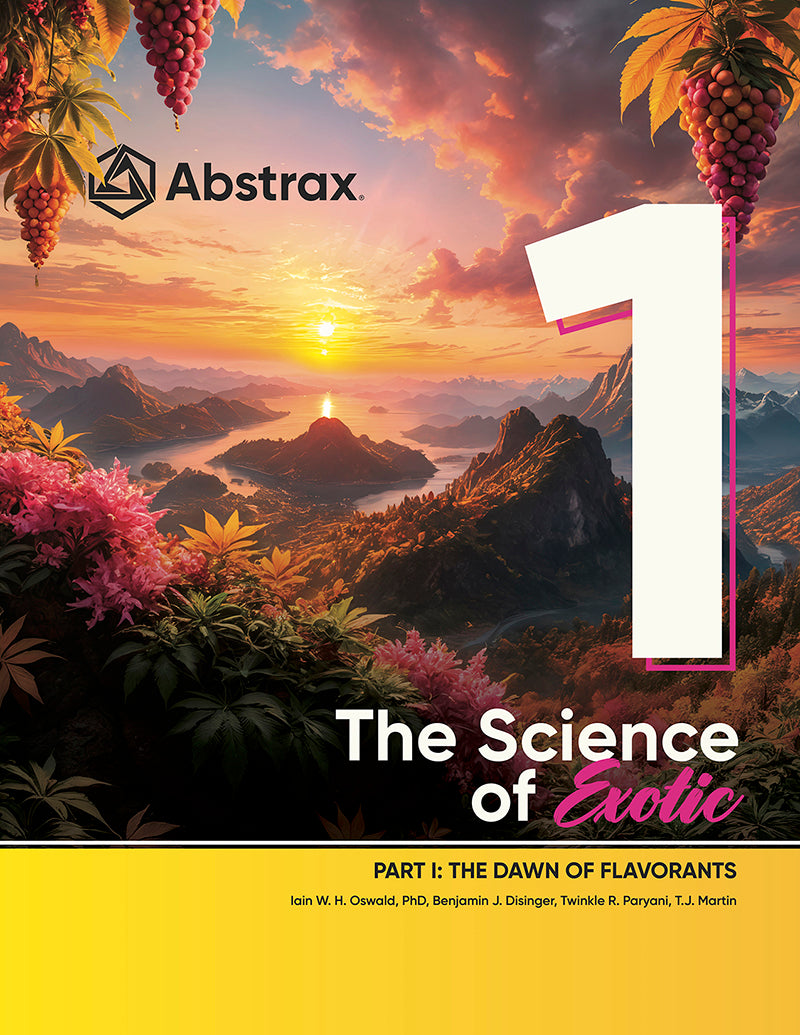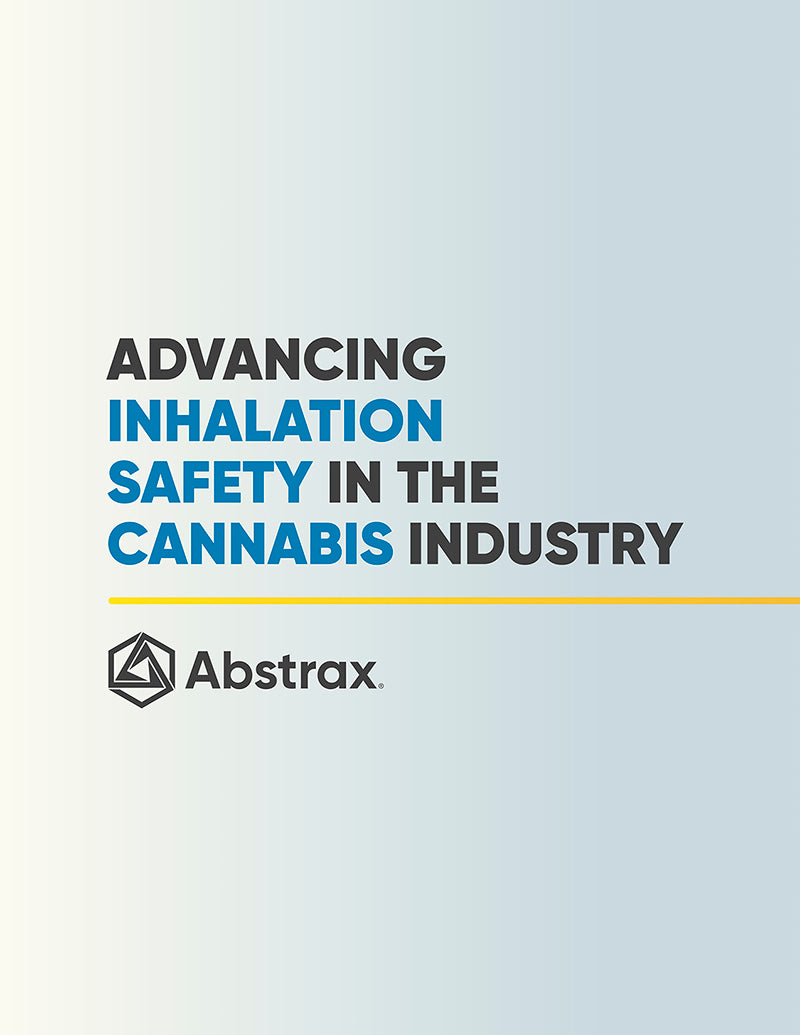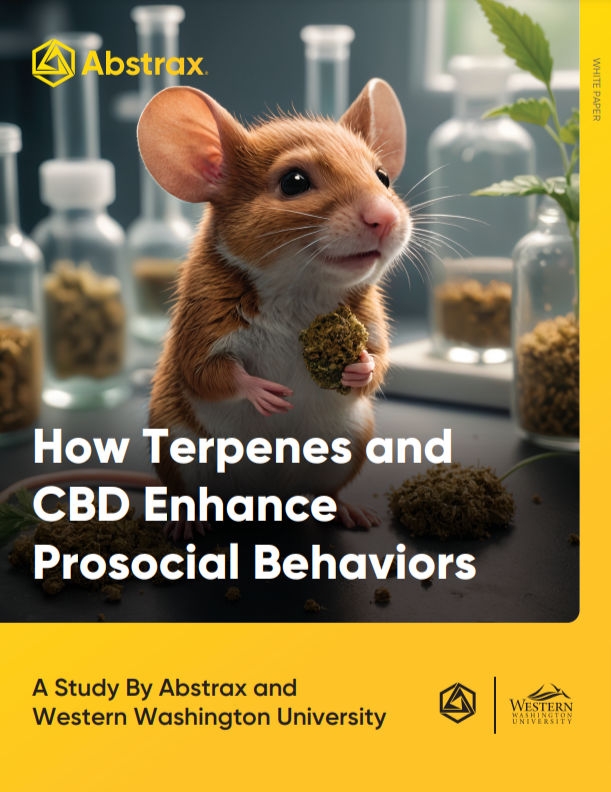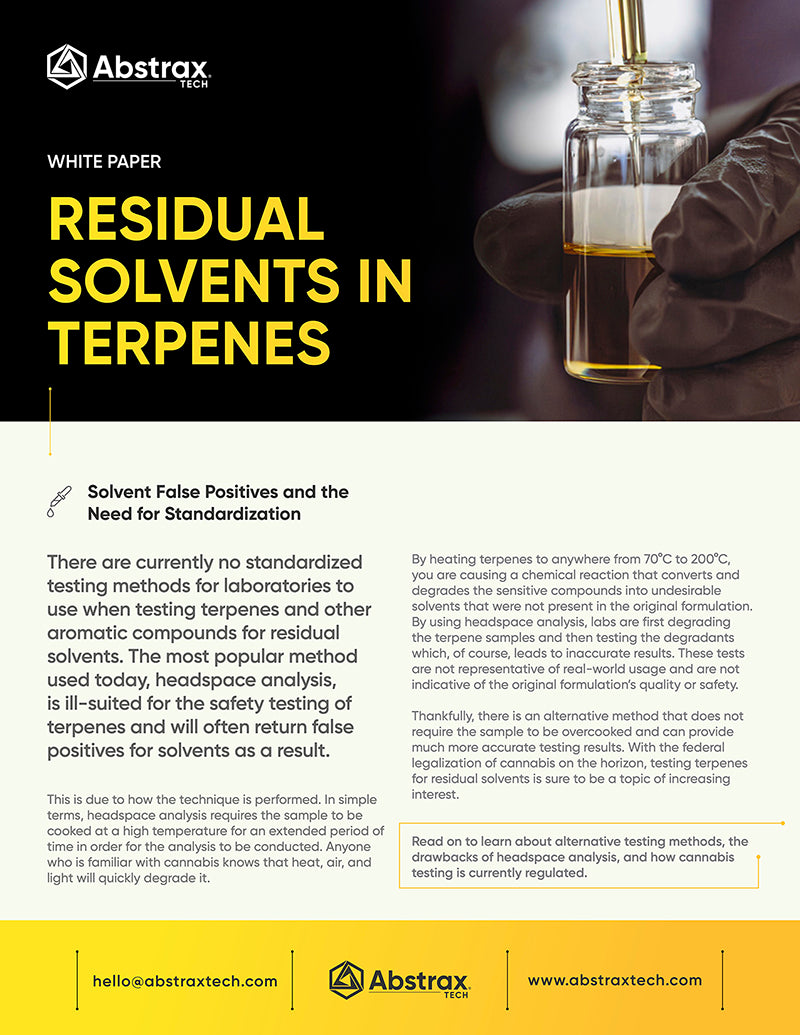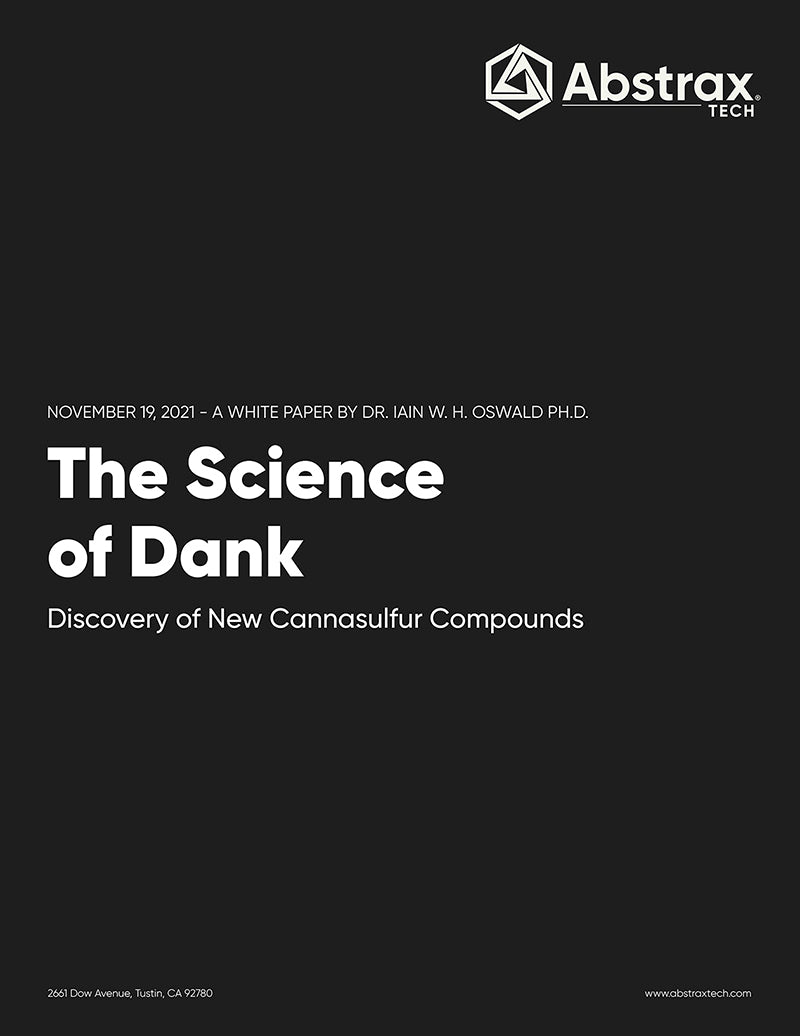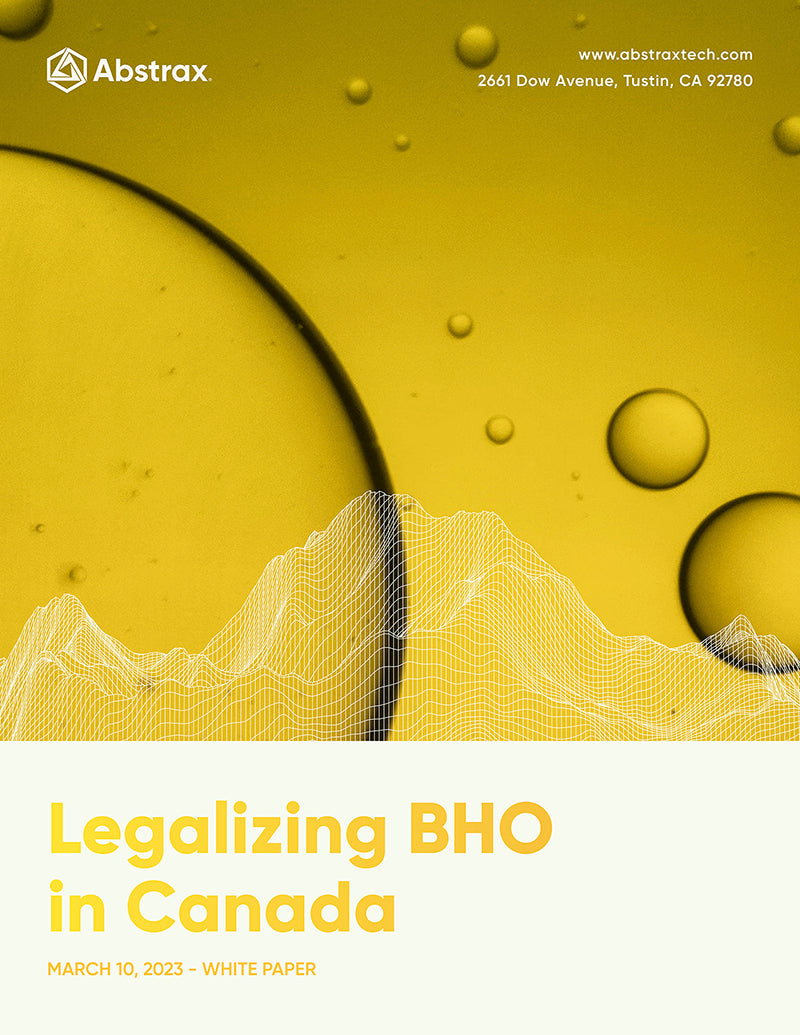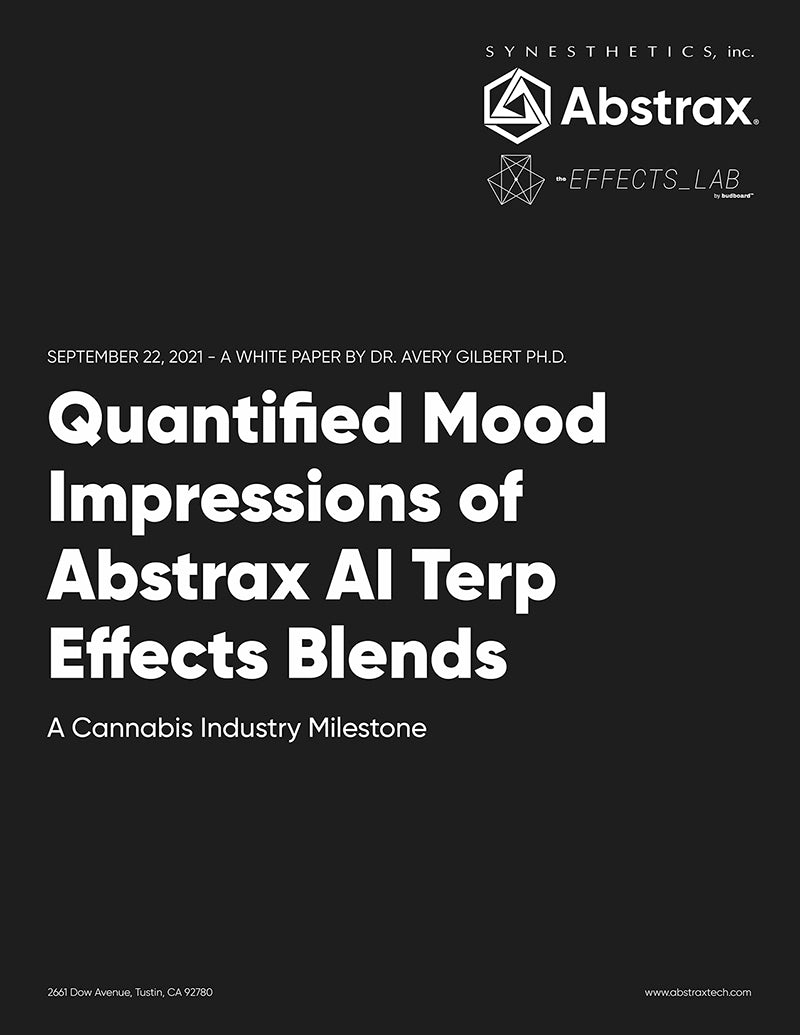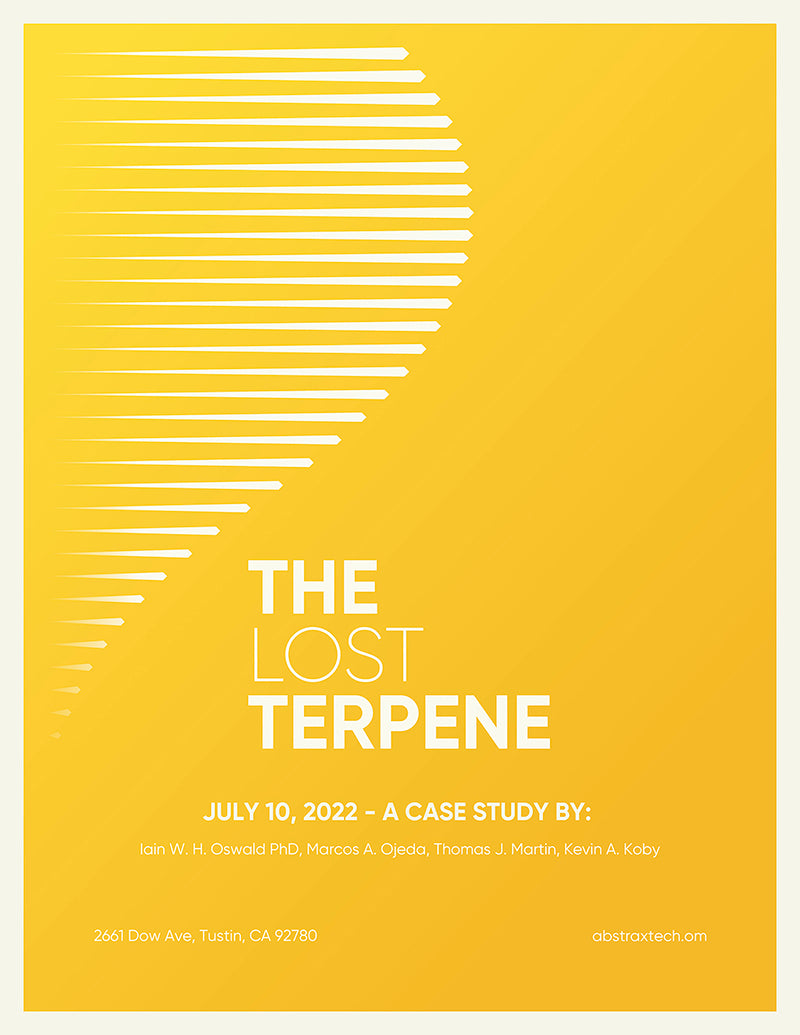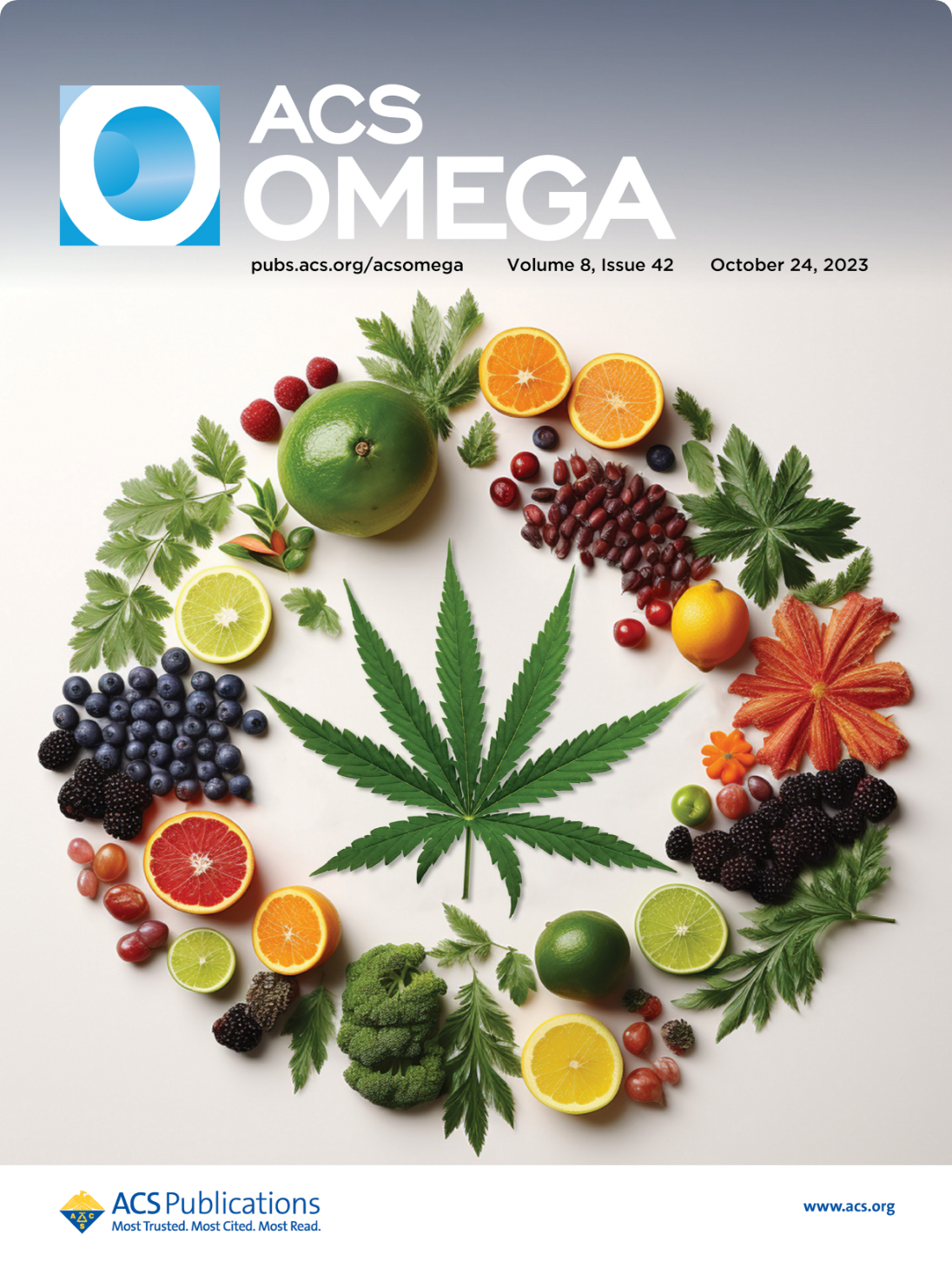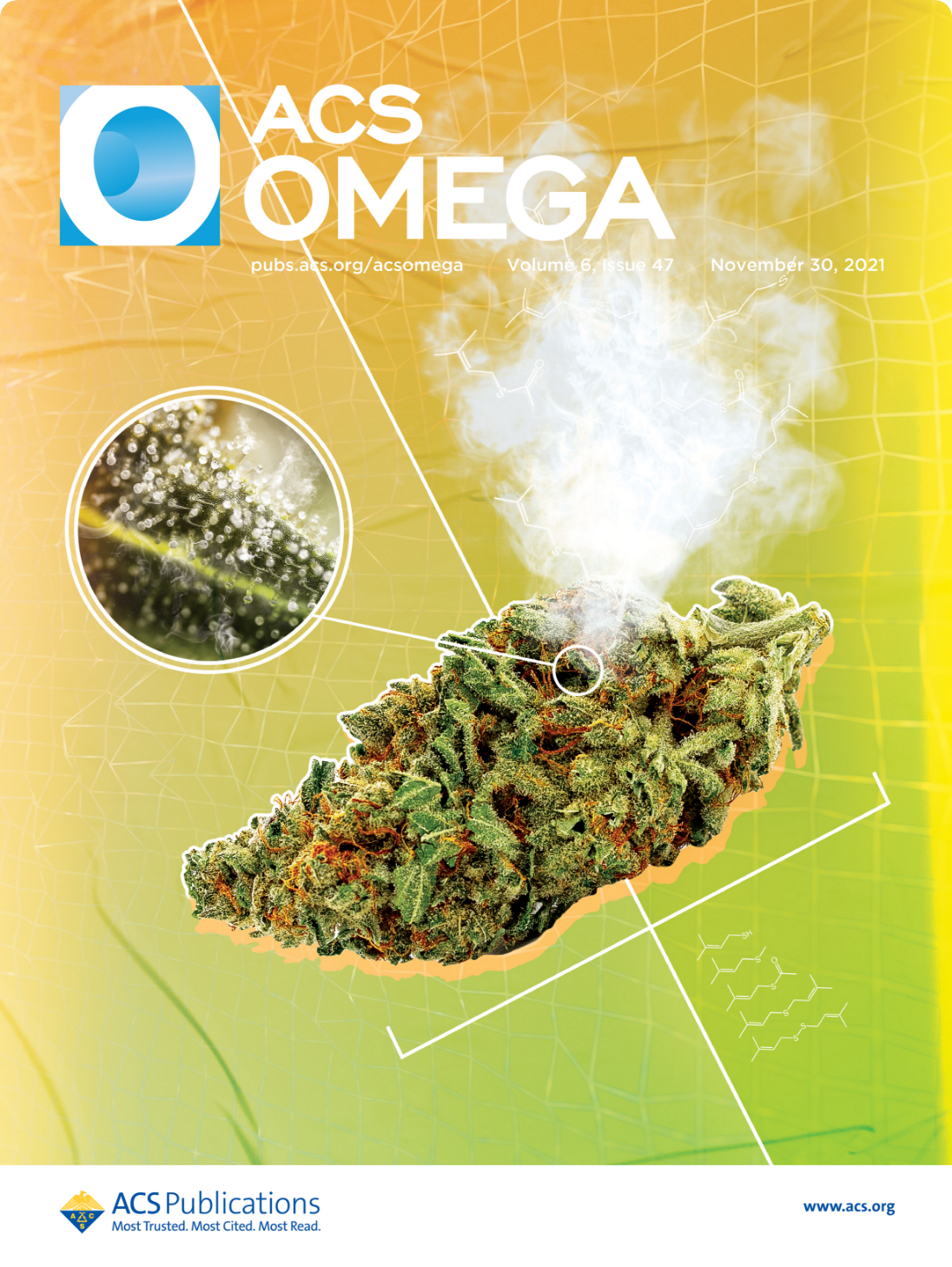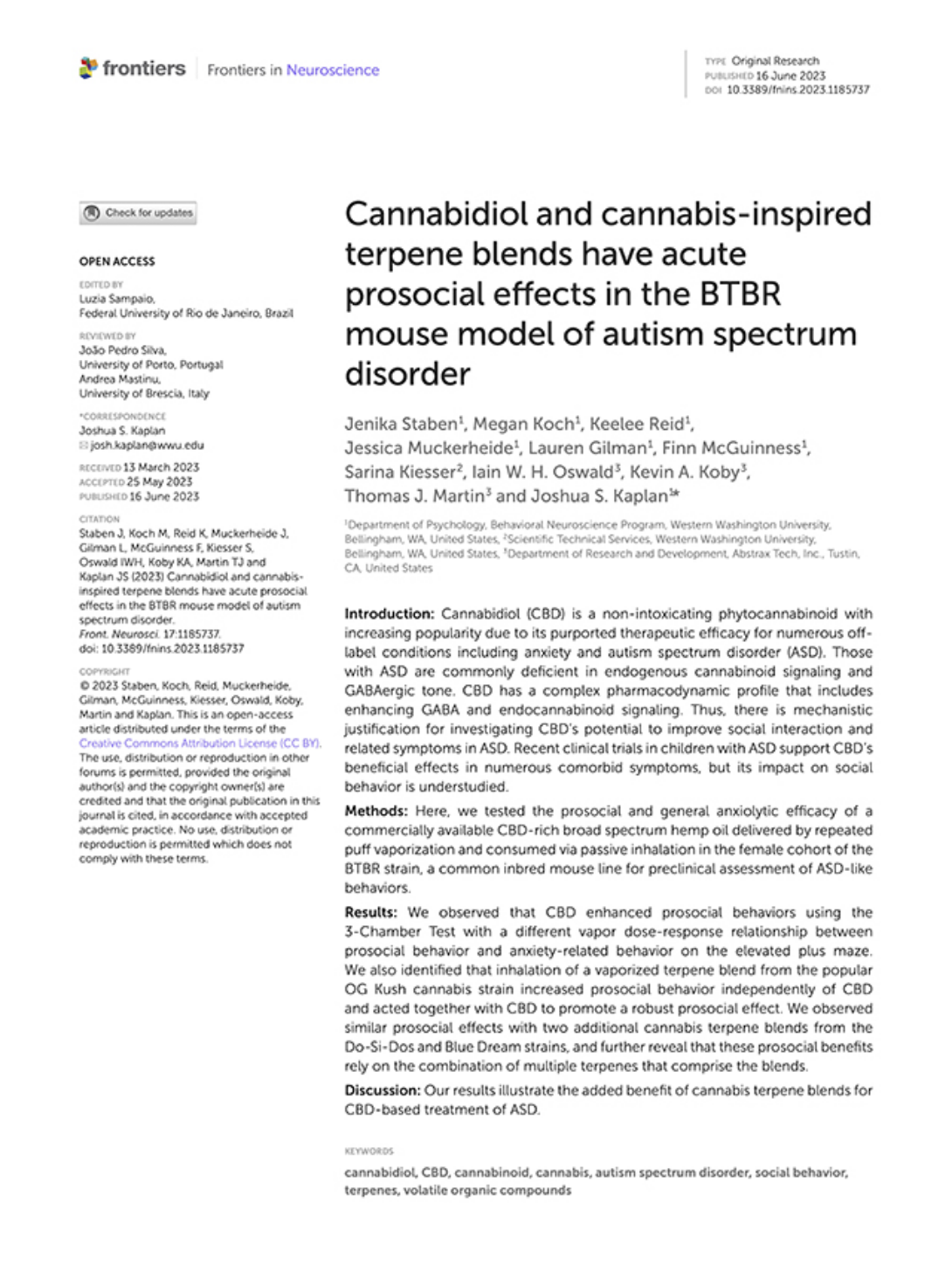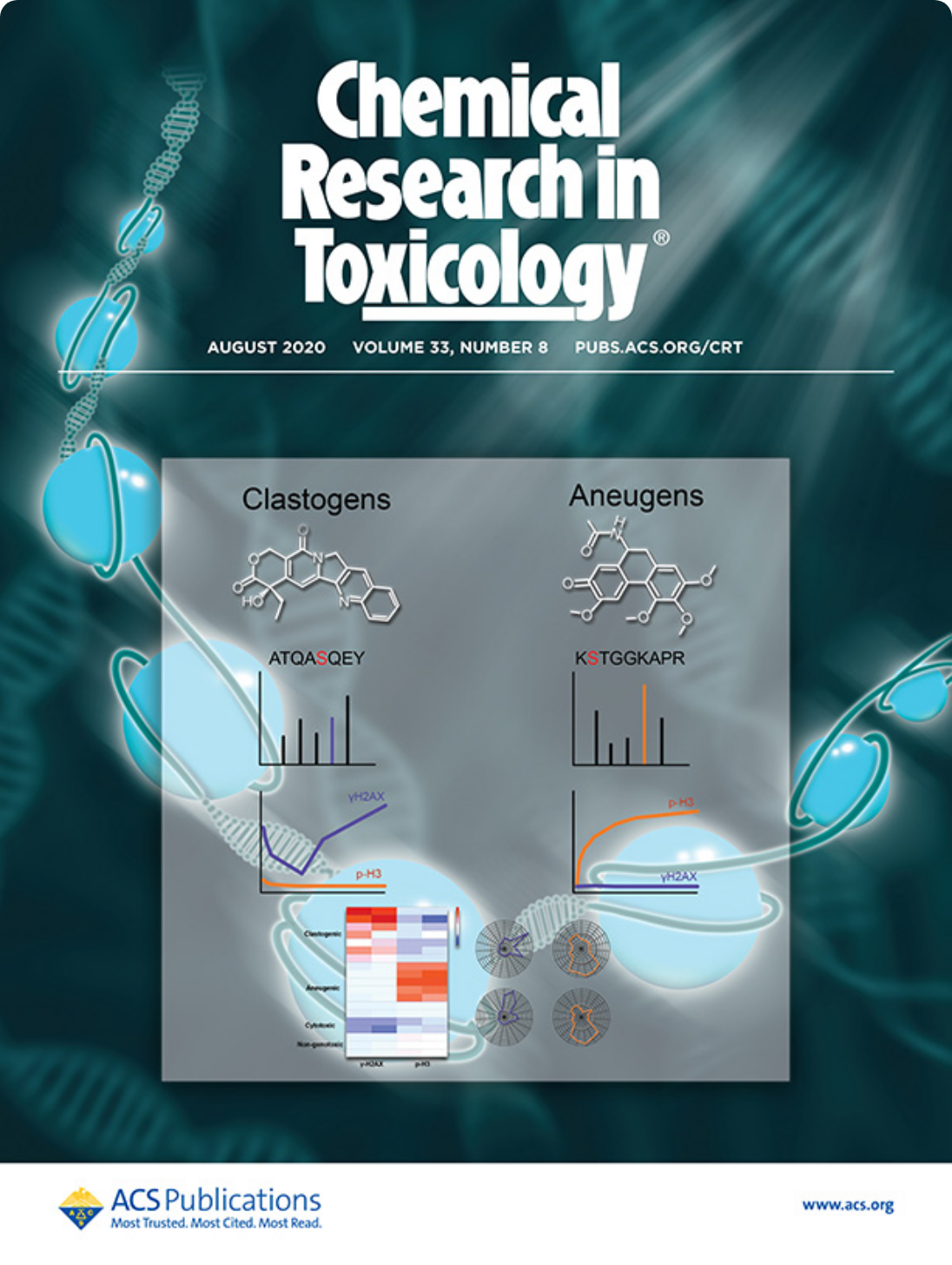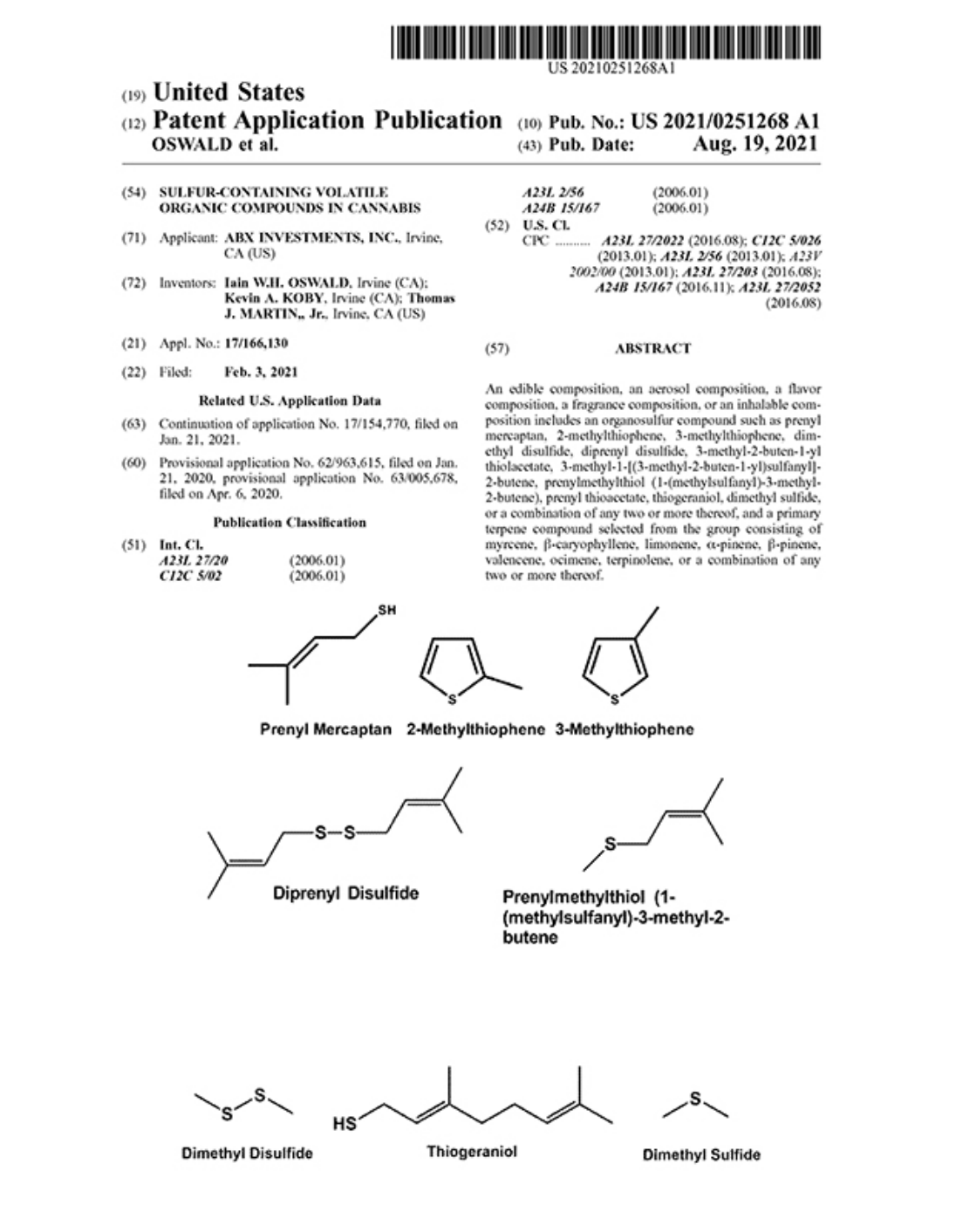Minor, Nonterpenoid Volatile Compounds Drive the Aroma Differences of Exotic Cannabis
ACS Omega Editors’ Choice
Publication Date: October 12, 2023
Cannabis sativa L. produces a wide variety of volatile secondary metabolites that contribute to its
unique aroma. The major volatile constituents include monoterpenes, sesquiterpenes, and their oxygenated
derivates. In particular, the compounds ß-myrcene, D-(+)-limonene, ß-caryophyllene, and terpinolene are
often found in greatest amounts, which has led to their use in chemotaxonomic classification schemes and
legal Cannabis sativa L. product labeling. While these compounds contribute to the characteristic aroma
of Cannabis sativa L. and may help differentiate varieties on a broad level, their importance in
producing specific aromas is not well understood. Here, we show that across Cannabis sativa L. varieties
with divergent aromas, terpene expression remains remarkably similar, indicating their benign
contribution to these unique, specific scents. Instead, we found that many minor, nonterpenoid compounds
correlate strongly with nonprototypical sweet or savory aromas produced by Cannabis sativa L. Coupling
sensory studies to our chemical analysis, we derive correlations between groups of compounds, or in some
cases, individual compounds, that produce many of these diverse scents. In particular, we identified a
new class of volatile sulfur compounds (VSCs) containing the 3-mercaptohexyl functional group
responsible for the distinct citrus aromas in certain varieties and skatole (3-methylindole) as the key
source of the chemical aroma in others. Our results provide not only a rich understanding of the
chemistry of Cannabis sativa L. but also highlight how the importance of terpenes in the context of the
aroma of Cannabis sativa L. has been overemphasized.
